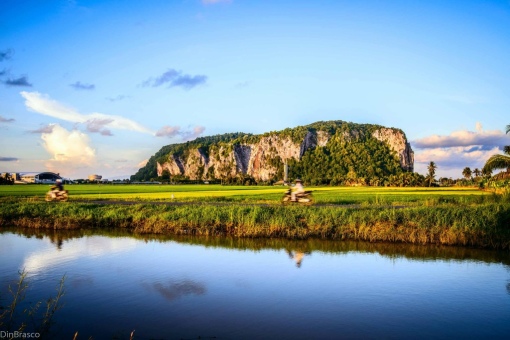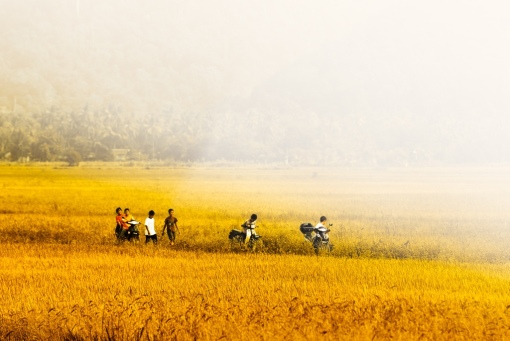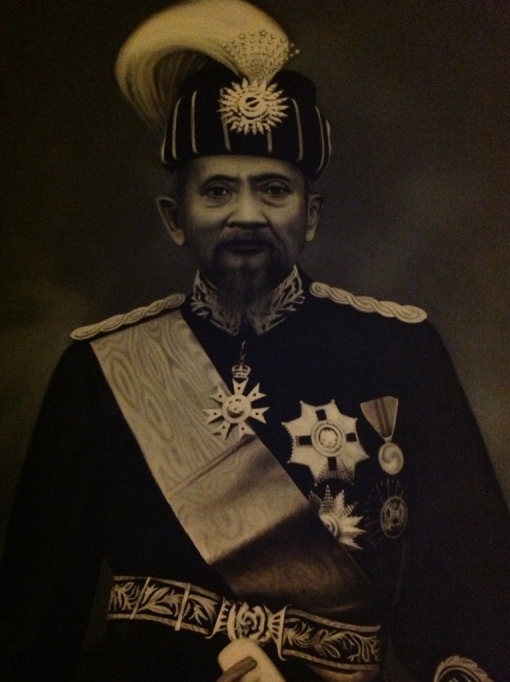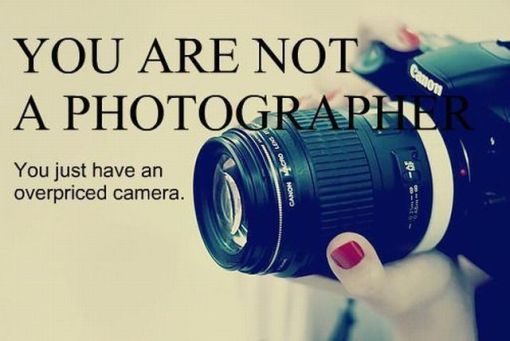Nikon D800
‘Kedah Nan Ranchak’, Gunung Keriang.
11 06 2013Comments : Leave a Comment »
Categories : Uncategorized
Malaysia Domestic Air Bus
3 06 2013
Firefly, shoot through fences. Possible by using telephoto lens at widest aperture. Photo taken on November 2011 LIMA Air Show at Langkawi International Airport.
Comments : Leave a Comment »
Tags: aviation
Categories : Uncategorized
Malay Siam Cowboy…
30 04 2013http://m.flickr.com/photos/dinbrasco/8680258713/lightbox/http://m.flickr.com/photos/dinbrasco/8680258713/lightbox/
This should be my best streets potraits ever captured. This image look horrible on the camera display, but then when downloaded to the workstation, its look differently….then realise that some professional already advice me that never rely too much to the camera screen…trust your larger monitor screen. Yes its true…
Comments : 2 Comments »
Tags: Potraits
Categories : Jurnal
Bird of Paradise
5 10 2012HRH Sultan Abdul Hamid, Sultan of Kedah.
Capture this photos inside Istana Anak Bukit on Thursday.
This Potraits very famous around Malaysia ‘Kedai Mamak’ due to the feather of bird of paradise, what a khurafat believing.
Comments : Leave a Comment »
Tags: IOS
Categories : Kedah Nan Ranchak, Story-mory
The Lost Rare Photos of Kedah Royal Family…
4 10 2012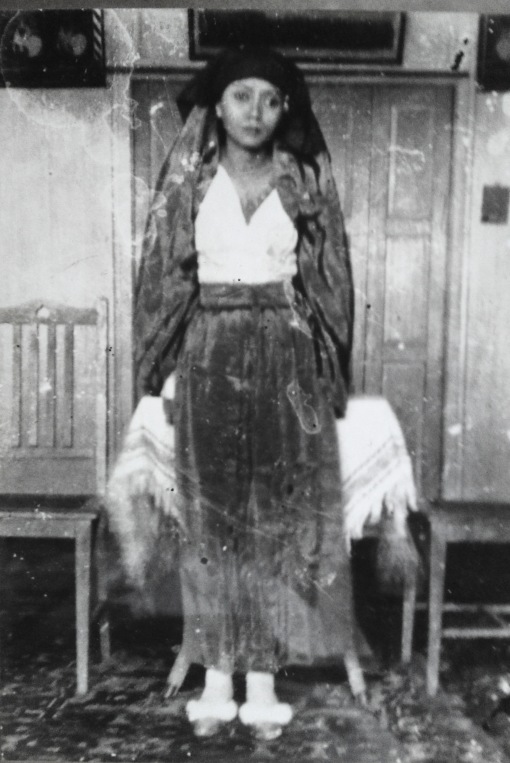
This is an image of HRH Allayarhamah Tengku Hajar Binti Sultan Abdul Hamid, Untie of HRH Yang Di-Pertuan Agong of Malaysia-Sultan Abdul Halim, captured by her younger brother; Tengku Abdul Majid Bin Sultan Abdul Hamid in 1920.
This is very rare photos that un-publish in any media that given to me by her grandson, Syed Ahmad Kamal Bin Syed Khalid Al-Shahbuddin.
Born in 1901-1971 and this image capture in her sweet 20’s 1920.
Comments : Leave a Comment »
Tags: P7100
Categories : Jurnal, Kedah Nan Ranchak
Captivating Color
29 03 2011A Guest post by: Mitchell Kanashkevich
Color is one facet of photography which we often tend to overlook and take for granted. It is frequently only considered after the photograph has already been taken.
Approaching color this way however is a big mistake and a lot of us make this mistake because we simply don’t know why color is important, we don’t understand what role it can play in our photography.
The fact is, color is as much a part of visual communication as composition and light. If you are not fully aware of this fact while framing/composing color images and later when post processing them, you’re quite simply not in full control of what your photographs communicate. A knowledgeable, intentional approach however, turns color into a powerful ally that helps us convey stories, emotions, sensations and moods from within the photographic frame.
In this post I have included some of my photographs along with brief explanations of just what role color plays in every one of them. The aim here is to raise awareness of color’s potential power, particularly among those of you for whom it (color) has been more of an afterthought than a creative ally.

The above photograph is in large part about that attention-grabbing red. It helps me to immediately bring attention to what I considered to be the most important element to the story in this image, the turban. This turban is representative of the cultural background of the shepherd, it says that he is a man of tradition and this is something that I wanted to really highlight.
The red also leads the way in communicating how this scene felt while I was shooting it -dynamic, exciting. This is also in large part due to the overall palette, which in addition to the red is made up of other bright, vivid colors that are usually considered dynamic, lively, exciting.

The dominant color palette in this image is fairly subdued and neutral. The mood that it creates leans towards being melancholic, but the rather subtle “splashes” of brighter colors inject a little life and excitement into the scene (without completely shifting the feel of it). I think that this is fitting, as the mood in that room was a little melancholic and somewhat lively at once.
Against the mostly subdued, neutral palette that dominates the frame those “splashes” of color inevitably demand our attention. It is as if the photograph is saying quietly, but clearly “Look here and now look there, these details are also important to the story”. Color (along with composition) helps our eye progress from the brightest, most vivid element, the central character – the woman, to all the other, less noticeable elements that add a certain level depth to the story.

Here we’ve got bright, fairly vivid colors. Again there’s a sense of excitement, energy, perhaps an association with happy times, due to the blue sky and the brightness of everything, especially when you connect the color to the subject matter – parent and child.
The dark flesh tones really stand out against that bright blue sky, hence the presence of the father and the son is strongly felt. It’s clear that they are the central characters of the story. At the same time, the surroundings, which are also important components of the story are not completely overshadowed either, because they are so bright and vivid, their presence is strongly felt too.

Here the colors are equally important to the mood and to the story. The subdued, earthy palette dominated by shades of grey creates a mood which is fairly sombre and that’s exactly how the scene felt. The palette is also reflective of this man’s story, his tough job of ploughing the land during a grey, foggy autumn (fall) day.
It should be noted that the absence of certain colors can be just as important to creating a mood and telling a story as their presence, and here, the absence of bright, vivid colors ensures that the somberness is communicated strongly and that the story of hard-living is clear as can be.

This image is essentially duo-tone. The simple minimal palette allowed me to emphasize the “gestures”, which are where the story is, the hand with the spear-gun pointing towards the palm leaves underwater (that’s what those things are), the legs in swimming motion. Less colors has equalled in no distractions from what’s important.
One could argue that this image would work just as well in black and white, but I feel that the blue of the water plays a strong role in speaking to the senses, it helps communicate what it’s like to be in the sea, the coolness, the powerful presence of it. Towards the bottom part of the frame, as the water becomes dark blue, things get a little mysterious, darkness (dark colors) is often associated with the unknown. This sense of mystery is what you feel in the deeper part of the sea and it’s something that I really wanted to convey through the photograph too.

Vibrant shades of green and the warm, yellow-orange tinge created by the morning sun dominate this image. This palette is inevitably evocative of vitality and generally positive emotions.
The story in this photograph is quite simple, it’s about the beauty of the landscape, the energy and excitement of the morning and it is only through the palette dominated by those vibrant, warm colors that it can be communicated effectively.

Sometimes the color of a particular scene we see captures our imagination, gets us excited and compels us to make the photograph. Even if we aren’t aware of it, it speaks to our senses. The above image is one such example. Color lends it a somewhat surreal and mystical quality, it creates a very distinct feel. In such photographs, color and the sensory response it evokes are so important that any kind of story can in a sense become secondary. Color is what makes (or breaks) these kinds of images and without it they (the images) simply do not work.
Well, that’s all for this post. I hope that by taking a closer look at these examples of what role color can play in photography you are now a little more aware of its importance and potential. I urge those of you who make color photographs to begin taking advantage of color during your next shoot. Start thinking how you can use color to tell your own stories and to communicate the emotions, sensations or moods that you want the viewers of your photographs to feel.
About the Author: Mitchell Kanashkevich is a travel/documentary photographer who’s passionate about color. His photographs have appeared on TV, billboards, on book covers, travel and inflight publications as well as in most of the world’s top photography magazines. Prints of his work hang in private photo collections around the world.
Comments : Leave a Comment »
Tags: Color, Photographer, Photography, Tone, Travel
Categories : Guest Blog
I’m Maybe Not A Photographer
23 02 2011Am I a photographer??
Photographers carry around big cameras, big lights, big flash contraptions and little meters, they talk about film stock, ISO’s, F stops and capturing the perfect light right before dusk.
Photographers creep through neighborhoods of poor people looking for interesting poverty related things to “capture” in black and white or muted color.
Photographers spend lots of time in cramped dark rooms with red lights and chemicals that smell like egg farts.
Photographers get in heated exchanges about the direction Leica is headed or that one camera maker that sounds all german, hasselhoff?
Photographers have lots of lenses that they will tell you about whether you ask them or not, like the one that can see an ass hair on a mosquito or the remarkably “bright” one that can photograph the girl’s underwear tag from a tower in hell.
Photographers say “glass” a lot, “Thats a nice piece of glass you got there Carlos.” which would be funny if it was a joke. No it wouldn’t.
Photographers show you shoes hanging on wires, pink boxes in the green weeds, little black girls with blue eyes and nuns sitting under billboards of naked men.
Photographers have all kinds of cameras, most of them are rare and vintage but they love to remind you that their absolute favorite cameras are crappy plastic cameras they found at the thrift store for 25 cents.
Photographers LOVE Polaroid because you can take a picture of absolutely ANYTHING with a Polaroid and it will look like you got your BFA.
Photographers know the names of every other photographer who ever lived and they can tell you exactly who took the first picture of an old barn door or a naked girl on a sofa.
Photographers talk about how little they use photoshop IF AT ALL, and even then it’s only to “adjust some curves” or “make the blacks a little more black.”
Photographers make use of make up artists, hairdressers, location scouts and stylists which is way way WAY different than photoshopping out zits and wrinkles.
Photographers freeze moments to show the REALITY. They love that word, “reality” also they like to say “RAW” a lot.
Photographers have websites with big black or red sans serif fonts on white backgrounds.
Photographers put their client list at the bottom of the side bar where it looks like they don’t really care about it but just in case you didn’t like their photographs you can see who did.
Photographers list their accomplishments in a timeline so just in case you didn’t like their photographs you can see who did. Wait, did I just say that?
Photographers have strong opinions about Terry Richardson.
Photographers get upset about cropping.
Photographers like the anticipation, surprise, expense, delay, grain, smell, challenge, discipline, texture, and overall unpredictable “magic” of analog, soo opposite of effing digital.
Photographers use the word amateur to describe most other photographers.
Photographers miss the good old days when photography was expensive and out of reach to amateurs.
Photographers blame the lab a lot.
Photographers go to school to study photography because you can’t tell if a photo is good just by looking at it.
Photographers whisper cutting edge poetic gems like “digital has no soul.”
Photographers only really like 2 or 3 other photographers, the one’s whose photographs most resemble their own and they like to keep those books right out on the coffee table where everyone can see them.
Photographers think all commentary about photography and photographers is likely directed at them.
So yeah, I don’t give a stumbling poop about any of that stuff.
If considering all of above, I’m not a photographer, just a overprice digital camera owner which love to photograph my little kiddo….haha
Comments : 2 Comments »
Tags: Geeks, Photographer, Photography, Quotes, Shout
Categories : Jurnal, Story-mory
Vision..
20 02 2011Vision – It reaches beyond the thing that is, into the conception of what can be. Imagination gives you the picture. Vision gives you the impulse to make the picture your own.
Robert Collier
Many photographers tend to be gadget hounds. In their quest to make better pictures, they continually look for better equipment. The fact of the matter is; a good photographer with cheap gear will make better photographs than a bad photographer with the best gear. So what’s the secret behind great photographs? I believe the answer is vision.
.
Comments : Leave a Comment »
Tags: Info, Photography, Quotes, Shout
Categories : Jurnal
